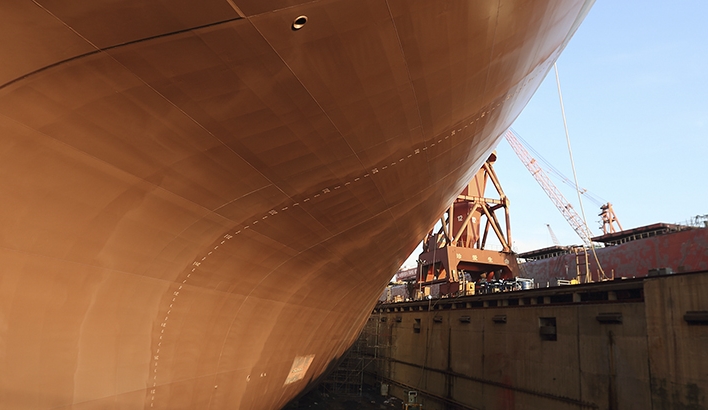
LNG charter rates during the summer of 2018 remained strong while the rates for spot charters bumped up during the second quarter of the year hitting their peak since 2012, a report by the shipping consultancy Drewry says.
Shipowners with modern DFDE vessels chartered out their vessels at $60,000/d in the second quarter of the year, which is about 50 percent higher than the rates seen in the third quarter of 2017.
At the end of June 2018, some vessels were reportedly fixed at $85,000/d, the level usually seen in the peak of winter, when LNG vessels are in high demand, Drewry said.
One of the major factors behind the recent rise in charter rates is the declining employability of older LNG carriers because of poor fuel efficiency, higher operating costs, less cargo-carrying capacity and high boil-off rates. Combined, these factors have effectively rendered a number of LNG carriers unemployable, hence squeezing the actual supply of vessels in the spot market, according to the consultancy.
With regard to fuel efficiency, bunker costs play a major role in decision-making. An old steam turbine vessel can use as much as 215 tonnes of bunker fuel per day, while the average consumption of more modern steam turbine vessels is around 170 tonnes per day. On the other hand, modern DFDE LNG vessels burn only 140 tonnes of bunker, reducing the cost of bunker substantially. For instance, at current IFO bunker prices, a steam turbine vessel will burn $13,000/d of additional bunkers, compared with a modern DFDE ship.
Another issue, which makes modern DFDE vessels more attractive to charterers, is their ability to reinject the boil-off back into cargo tanks. This is a critical factor, especially on long-haul trades, where a substantial chunk of the cargo is either used as fuel, or simply flared on older ships, Drewry notes.
Additionally, there are other issues relating to the maintenance, off-hire days, operational flexibility and modern navigation and signaling systems, which are superior on modern vessels. Older vessels also run the risk of frequent breakdowns, which charterers are not willing to take when they have options available.
Even at a time when charter rates are quite strong, there are at least 24 laid-up steam turbine vessels, which is about 11 percent of the total steam turbine fleet. About 92 percent of these vessels are younger than the average demolition age of LNG carriers over the last five years.
The current state of LNG vessel employability is challenging the conventional wisdom about the average economic life of LNG carriers, which used to be 35-40 years. If the current trends continue, ship financiers will start taking a more conservative view while financing second-hand assets in the LNG market.
Year-to-date, 190 spot fixtures were reported and out of those only 59 were for steam turbine vessels or about 30 percent.
Drewry believes the current rally in charter rates will continue to sustain through to 2019.
With increasing availability of modern vessels, owing to new deliveries and strong orderbook, the road ahead for older tonnage will be difficult. The traditional steam turbine ships will face tough competition from modern DFDE/TFDE carriers, and their future looks uncertain.
The reason why shipowners are still holding onto these assets is that they foresee an acute shortage of vessels in 2019, when new liquefaction capacities start operating, however, if it does not work for them, then the only option for them will be to scrap those vessels, the consultancy concludes.

